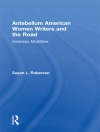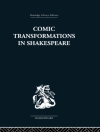The eleven chapters in this international volume draw on a variety of theoretical and methodological approaches to focus our attention on medieval and early modern things (ca. 700–1600). The range of things includes actual objects (the Altenburg Crucifixion, a copy of Hieronymus Brunschwig’s
Liber de arte distillandi, a pilgrim’s letter), imagined objects (a prayed cloak for the Virgin Mary), and narrative objects in texts (the
Alliterative Morte Arthure, the
Ordene de Chevalerie, Hartmann von Aue’s
Erec, Heinrich of Neustadt’s
Apollonius of Tyre, Luís de Camões’s
Os Lusíadas, and the
vita of Saint Guthlac). Each in its own way, the papers consider how things do what they do in texts and art, often foregrounding the intersection between the material and the immaterial by exploring such questions as how things act, how they express power, and how texts and images represent them. Medieval and early modern things are repeatedly shown to be more than symbolic or passive, they are agentive and determinative in both their intra- and extradiegetic worlds. The things that are addressed in this volume are varied and are embedded, or entangled, in different contexts and societies, and yet they share a concerted engagement in human life.
Sobre o autor
Jutta Eming, Freie Universität Berlin; Kathryn Starkey, Stanford University, Stanford.












